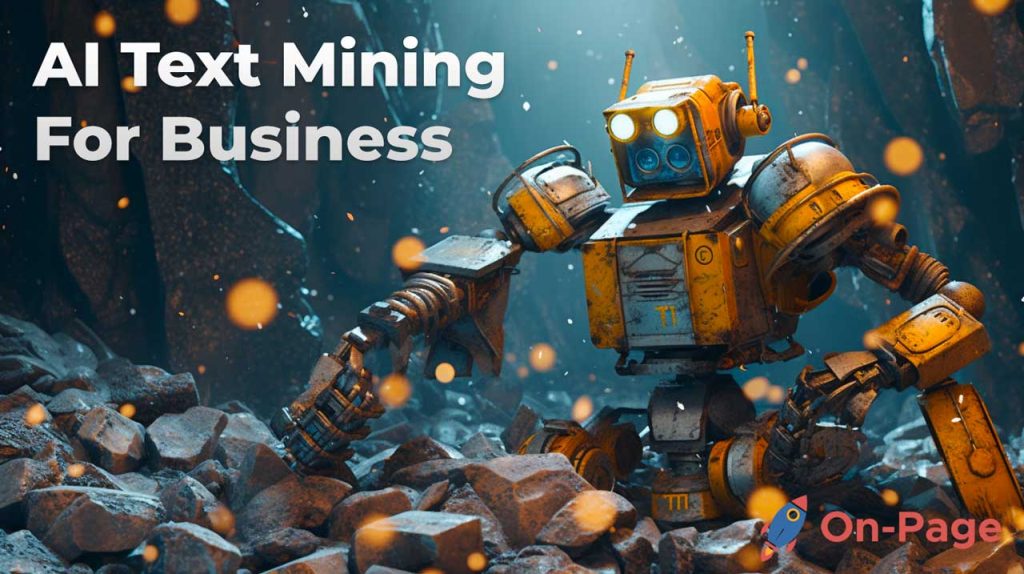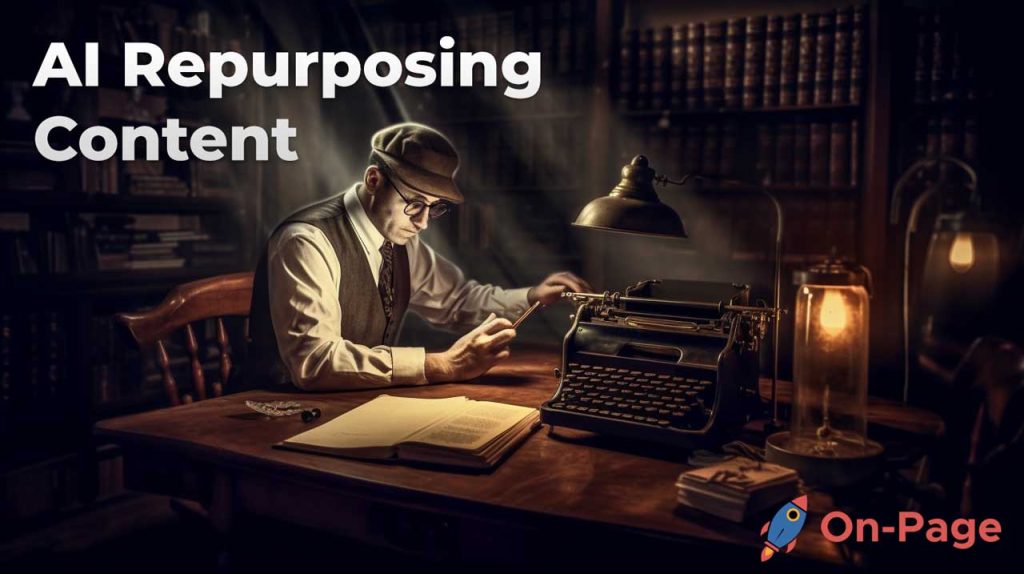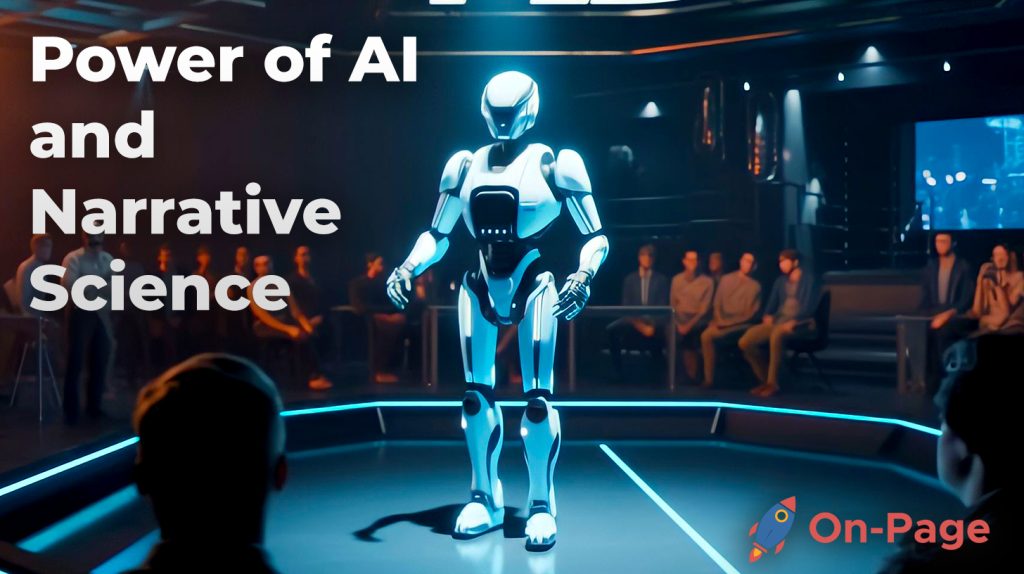Picture this: you’re standing in front of a colossal wall made up of thousands of words, sentences, and ideas. The wall appears impenetrable, as if it would take days to scale and organize the chaos before you. But then, a pair of helping hands emerge and instantly decipher the tangled web, transforming it into a well-structured, SEO-optimized masterpiece that will dominate search engine rankings. Welcome to the world where AI and technical writing join On-Page.ai forces to empower your content strategy — and make your writing process feel like a walk in the park.
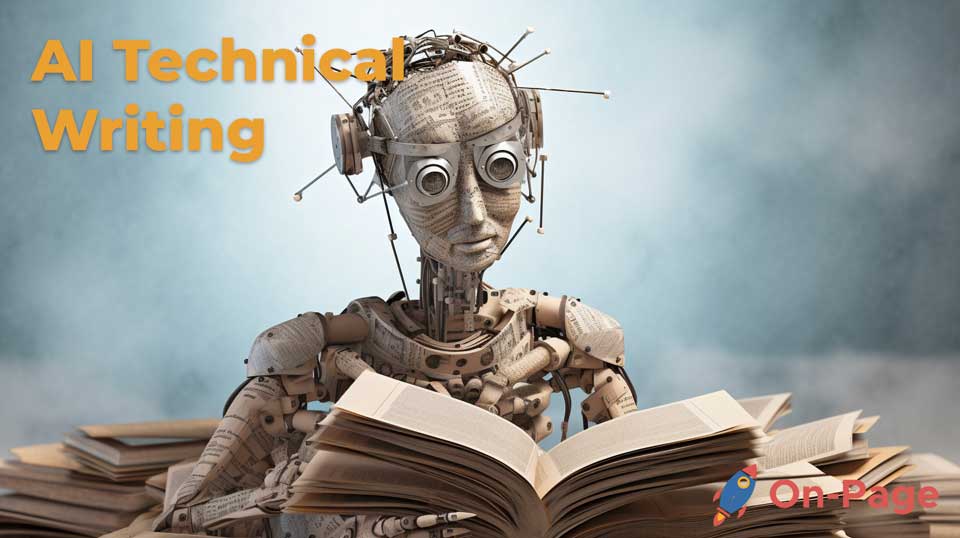
The integration of AI in technical writing is transforming the industry by automating many repetitive tasks like grammar correction, content optimization, and translation. Additionally, AI-powered chatbots and virtual assistants are being utilized by tech companies to provide customer support, freeing up technical writers for more complex tasks. Technical writers should embrace the use of AI tools as they can help them produce higher quality content with increased speed while augmenting their own abilities.
AI and Technical Writing: An Overview
Artificial intelligence (AI) is a disruptive technology that’s transforming numerous industries, including technical writing. Technical writers are leveraging AI to automate routine tasks, improve productivity, and innovate content creation.
AI refers to the simulation of human intelligence in machines that are trained to perform tasks that require human intelligence, such as natural language processing, machine learning, and robotics. In technical writing, AI tools use algorithms to analyze information, search for patterns, and generate insights that help writers produce high-quality content faster and more efficiently.
Some people fear that AI may replace technical writers. However, this is not the case. Rather than taking away jobs from humans, AI empowers them to be more productive and creative by helping them focus on higher-value tasks.
For example, an AI-powered writing assistant like Grammarly can help identify grammar errors, spelling mistakes, and inconsistent structure within text. This frees up time for editors to focus on higher-value activities like brainstorming ideas and organizing content.
The benefits of using AI in technical writing extend beyond grammar checks and proofreading. By integrating AI into the writing process workflow, technical writers can improve document outcome.
AI can help users optimize their titles, headlines, and body text using On-page.ai. This optimization helps websites rank higher in Google search results by placing importance on key points on the website. Companies also use chatbots powered by AI to provide customer service anytime without requiring customer service agents or tech writers to be always available.
Furthermore, there are concerns about how widespread adoption of AI might impact quality assurance measures throughout the document lifecycle – quality assurance (QA) measures like editing and proofreading done manually may decrease when a software takes care of those aspects automatically.
Nonetheless, these concerns need not override our appreciation of how much of an asset artificial intelligence can be to technical writing. Whether for improving productivity, consistency, or quality of the work produced, integrating AI into the writing process is something that tech writers should consider.
AI-Powered Tools for Writers
AI-powered tools like On-Page Content Editor are becoming more common in technical writing. These applications can help automate various tasks such as grammar checks, content optimization and data research.
Grammarly is a popular application used by technical writers. Grammarly provides an all-in-one package that includes error detection, suggestion integration and improved readability. Additionally, Grammarly’s online writing assistant can provide advanced feedback on tone of voice and even goal progression.
On-Page.ai is another application that is gaining popularity with its cutting-edge technology that detects overused phrases as well as opportunities to increase text relevancy and other key areas to boost website ranking.
One of On-page.ai’s features is on-page scanning – this entails crawling sites like Google would in order to accurately recommend what words website owners should add to their content to rank higher in search engine results pages (SERPs).
On-Page.ai does not track keywords which helps websites get around the flaw of competitors software who use keyword stuffing instead of valuable content. Instead On-Page.ai analyzes the content generated by users to give recommendations rather than relying on external maps.
- AI-powered tools like Grammarly and On-Page.ai are revolutionizing technical writing by automating tasks such as grammar checks, content optimization, and data research. Grammarly’s all-in-one package offers error detection, suggestion integration, improved readability, and advanced feedback on tone of voice and goal progression. On-Page.ai uses cutting-edge technology to detect overused phrases, increase text relevancy, and provide on-page recommendations to improve website ranking without relying on keyword stuffing. Think of On-Page.ai as a navigation system that gives you directions towards generating better content with flexibility and efficacy. These AI-powered tools make technical writing more efficient and effective than ever before.
Integrating AI in the Writing Process
The integration of AI in technical writing has revolutionized the way content creators approach their work. One of the most significant benefits of integrating AI into the writing process is that it can save time and streamline workflows. For instance, an AI-powered tool can help writers identify common grammatical errors and offer suggestions for improvement, allowing them to focus on more in-depth aspects of their work.
Imagine a technical writer who has to create user manuals for multiple products. This writer would typically have to go through extensive research, perform in-depth analysis and finally draft the copy. However, with an AI-based tool such as On-Page.ai’s Stealth AI Writer, this entire process is reduced to a few clicks. The tool generates useful content based on the keywords provided, saving the writer hours of effort in researching and drafting.
Furthermore, integrating AI in technical writing can improve accuracy and consistency. Technical documents require clear and concise language that conveys information effectively. By using AI tools such as Grammarly or On-Page.ai’s On-Page Scans, writers can avoid errors that could compromise the accuracy and reliability of their documentation.
Some may argue that integrating AI could lead to a lack of creativity in technical writing. However, I believe that creativity and innovation are not lost but rather redirected towards more important areas where human input is crucial.
Enhancing Writing with AI Assistance
One significant benefit of using AI assistance when writing is its ability to enhance grammar and style. Even experienced writers are prone to making grammatical mistakes or repeating certain words unknowingly. By using an AI-powered grammar checker like Grammarly or ProWritingAid, writers can improve their writing skills by identifying common errors while offering suggestions for improvement.
A freelance writer working on several articles simultaneously may accidentally use the same words repeatedly throughout their work, which can decrease the quality of their writing. An AI tool like ProWritingAid can help the writer identify these repetitions and suggest alternatives, enhancing the readability and flow of the writing.
Additionally, AI tools are designed to optimize content for search engines, ensuring that copy is easy to understand and meets SEO standards. On-Page.ai’s content optimization features help writers optimize their content for better rankings by identifying low-hanging on-page opportunities and defining highly effective long-tail keywords. This can result in higher visibility and engagement metrics while increasing traffic and conversions.
To put it simply, think of an AI-powered tool as a GPS navigator giving a driver directions. Just as a GPS navigator identifies the fastest route based on real-time data from traffic sensors, an AI-powered writing assistant identifies the most effective ways to improve written content based on relevant data sets.
Grammar and Style Improvement
AI-powered tools are becoming more sophisticated with time, offering technical writers a range of options for improving their writing. These tools can help writers eliminate grammatical errors, improve their writing style, and offer feedback on tone and voice.
One of the most popular AI writing assistant software programs is Grammarly. Grammarly offers an all-in-one tool to help writers catch errors, offer suggestions for improvement, provide tools like plagiarism checking and essay checking. It helps writers to enhance their writing by offering them instant feedback on issues such as unclear phrasing, use of passive voice, long sentences, spelling mistakes, and punctuation errors.
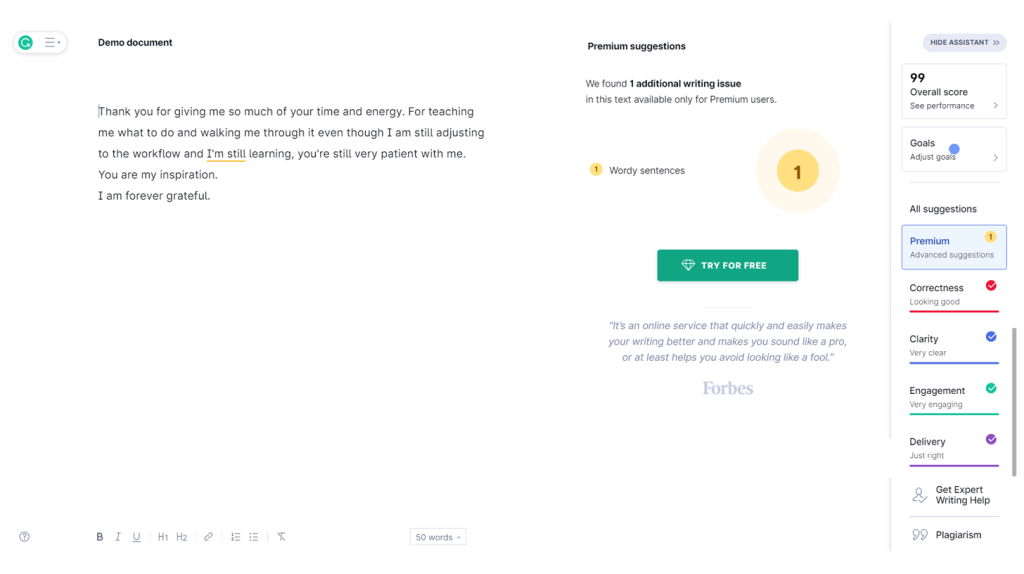
For instance, one writer was struggling to come up with engaging headlines for their articles. After using Grammarly’s headline analyzer tool, they found that their headlines received much better engagement thanks to improved sentiments and clarity.
AI-powered writing assistants like Grammarly can be used for online collaboration too. By integrating with different platforms like Google Docs or Microsoft Office 365 Word it offers multiple features including real-time checks on grammar and spelling so that team members can identify issues in draft documentation from any device or location.
A wide range of other AI-powered tools available focus on style improvements as well. By analyzing text data from various sources, these tools can identify inconsistencies in tone or style that may otherwise be difficult for a human reviewer to detect. The software then highlights these issues and provides specific suggestions about how best to address them.
However, AI-assisted proofreading is great but it has its human limits too. Even with an advanced algorithm taking care of the grammar and spelling of a piece, there may still be some language nuances that require a human eye for correction or improvisation.
Just like it takes years to develop effective grammar, usage builds over time through experience and knowledge rather than just copying and pasting from a software program. AI, however, can accelerate this process.
Content Optimization
While the focus so far has been on grammar and style improvement, AI-powered writing tools also offer users the ability to optimize their content for search engines. These tools can provide useful insights into key phrases, keyword densities, readability scores, and more at the click of a button.
With On-Page.ai’s on-page scans; users gain even deeper insights into how to optimize their content by exploring keyword density and ensuring that they are targeting relevant phrases as effectively as possible. In addition, On-Page.ai makes use of machine learning algorithms to identify topics that are valuable to readers in your specific niche.
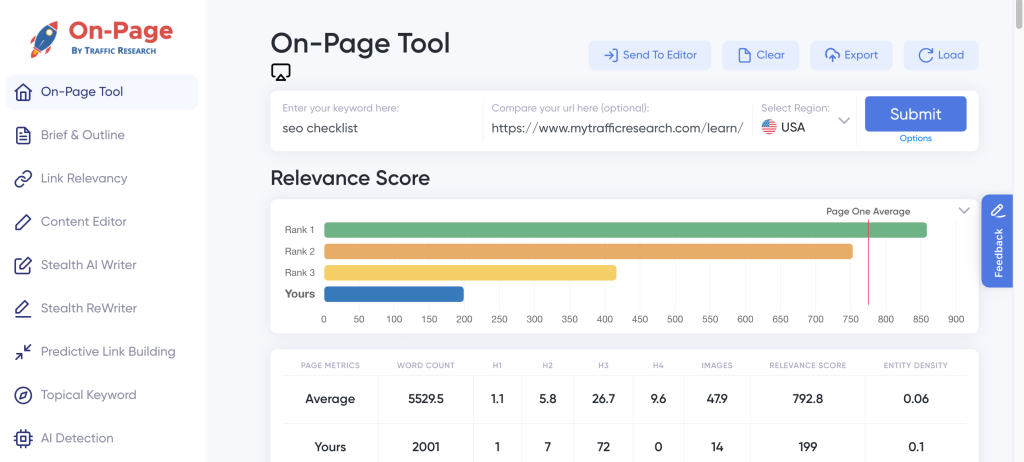
For instance, with On-Page’s Stealth Writer; creators can input target keywords and see results within seconds. The system scans through pages relevant to the given keyword to thoroughly research the topic. With this information, it can create high-quality content that is optimized for search engines and engagement.
Research shows that optimizing content in this way can improve engagement rates by up to 68%. Furthermore, using an AI-powered optimization tool like this can free up time which might otherwise be spent on research tasks or manual labor.
Some writers may be hesitant about relying too heavily on AI when it comes to creating optimized content. They might worry that their work will lack originality or creativity if they rely too heavily on sophisticated algorithms.
Think about how intelligent image recognition software works – it recognises patterns that are invisible to the human eye, making it easier than ever before for us to sort through digital photos. Similarly, optimization tools identify important patterns in online content-related rankings and user behavior. By analyzing vast amounts of data quickly and accurately, these tools allow writers to gain valuable insights into how best to craft optimized content.
- In a 2020 survey of technical writers, 72% believed that AI would have a positive impact on their work by improving productivity and quality.
- AI-powered content optimization tools have been shown to increase engagement rates by up to 68%, leading to more effective technical documentation.
- According to a recent study, the global AI in the content creation market, which includes applications in technical writing, is projected to grow at a CAGR of 20.5% between 2020 and 2026.
AI in Content Generation and Research
Content generation is one of the areas where AI has made significant strides. With advances in natural language processing (NLP) and machine learning, AI can do more than just detect errors or suggest improvements to existing content; it can also create new content from scratch.
One of the most impressive AI-powered writing tools is On-Page.ai’s Stealth Writer. This tool uses natural language generation algorithms to generate high-quality articles on any topic with just a few clicks. With the use of this tool, professional writers are able to save time and energy that would have been deployed in researching and writing the article.
Another area where AI is useful for content generation is research. By using machine learning algorithms to process and analyze large sets of data, AI can help identify patterns, keywords, and topics that are most likely to resonate with a particular target audience. Companies like Crayon offer market intelligence platforms powered by AI that allow businesses to monitor their competitors’ online activities, industry trends, and other relevant data sets.
AI-generated content has been known to produce exceptional articles in various niches such as healthcare, finance, education, technology and so on. This means that businesses leveraging these AI-based writing tools will be able to unlock unlimited opportunities for growth.
It is important to note, however, that while AI-generated content may be great for saving time and resources, it may not always be as effective at engaging readers as human-written content. Studies have shown that readers tend to find human-written content more relatable, trustworthy, and emotionally engaging than AI-generated content.
Thus these tools are best suited for generating useful information quickly while still requiring a human editor or writer to refine and enhance the final output. Nonetheless both AI-generated content and human-written content should be complementary in order to achieve targeted results that follow users’ intent.
Preparing for the AI-Driven Future of Technical Writing
As AI continues to make strides in the tech industry, it is important for technical writers to be prepared for this shift. While AI will not replace tech writers entirely, it will augment their abilities and provide opportunities for growth.
One of the most significant ways that AI will change technical writing is by automating repetitive tasks like editing, formatting, and proofreading. This will give technical writers more time to focus on higher-level tasks like researching, analyzing data, and crafting compelling narratives.
In addition to saving time, AI-powered writing tools can also improve the quality and consistency of technical writing. Tools like Acrolinx are designed to analyze content for tone, voice, style, grammar errors etc automatically. This improves readability making your work organized and easy to understand even by less knowledgeable readers.
Despite the many benefits that AI can bring to tech writing profession, one potential risk is that some companies may rely too heavily on AI-powered tools at the expense of human expertise. It is therefore imperative for writers’ skillset such as research skills, language proficiency and editors critical judgement abilities among others, to remain relevant while ensuring that these skills are adequately augmented by AI.
Another risk is job loss; however if we consider how financial analysts adapted after quantitative finance started gaining popularity in Wall Street in the 1990s, there remains much potential for adaptation in our field with growing use of natural language generation algorithms.
Finally, one could compare what happened in shipping since commercial containerisation began in 1956. The huge increase in efficiency saw dramatic reductions in costs and labour requirements yet over time employment rebounded higher than ever before as businesses found new applications for containerized shipping which lead to increased demand.
As a professional writer or editor preparing for an AI-driven future of technical writing just like every other aspect of modern life, it is important to remain adaptive and embrace the change that technology brings while ensuring human touch complement AI capabilities.
Frequently Asked Questions and Their Answers
What specific tasks or functions in technical writing can be performed by AI?
AI technology has the potential to revolutionize technical writing, offering numerous benefits such as increased efficiency and accuracy. Here are some specific tasks or functions in technical writing that can be performed by AI:
1. Writing Assistance – AI can help simplify complex technical instructions into easily understandable language and identify gaps in information quickly.
2. Editing and Proofreading – Grammar and syntax play a crucial role in technical writing, hence AI-powered grammar checking tools like Grammarly and Hemingway Editor can be used to ensure clean copies.
3. Translation – With the emergence of sophisticated machine translation software, it is possible to produce accurate translations from one language to another rapidly.
4. Knowledge Management – AI-powered content management systems can quickly search large databases, reducing knowledge gaps and boosting efficiency.
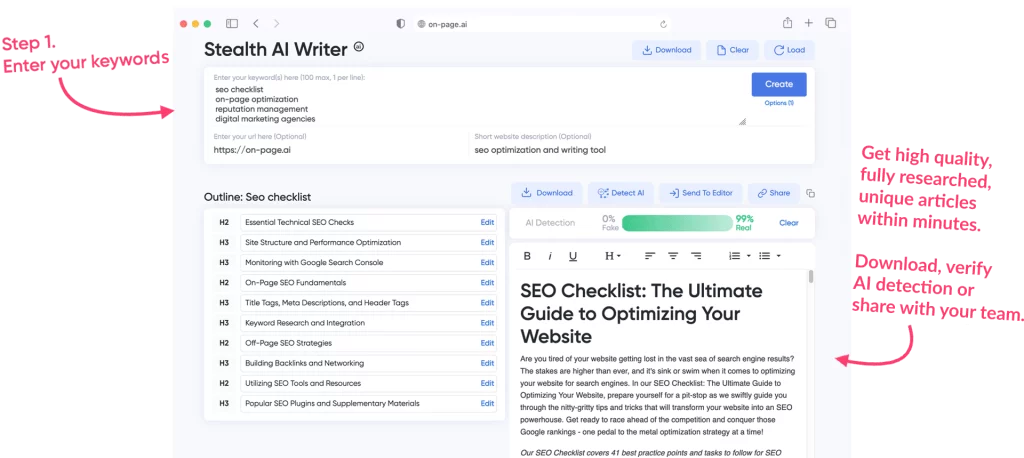
According to a report by Gartner, “By 2022, 70% of all organizations will integrate AI to assist employees with writing tasks.” As AI technology continues to improve, we’ll start witnessing more significant adoption of natural language processing tools designed for technical writers.
In summary, AI will never replace human technical writers but rather enhance their work process. AI enables authors to focus on higher-level creative tasks while leaving repetitive jobs to machines.
What potential ethical considerations should be taken into account when using AI in technical writing?
When using AI in technical writing, there are various ethical considerations that must be taken into account to ensure that the technology is used responsibly. Firstly, it is important to recognize that AI algorithms can be biased and reinforce existing societal prejudices. As a result, developers need to ensure they have sufficient representation of diverse data sets that do not perpetuate harmful stereotypes or discriminatory practices.
Furthermore, there is the issue of automation leading to job displacement. According to a report by the World Economic Forum (WEF), around 85 million jobs will be displaced by machines and algorithms in medium and large businesses across 15 industries in 26 countries by 2025. While AI may make writing more efficient, it could also replace human writers resulting in massive job losses.
Additionally, there are concerns about transparency and accountability when AI systems produce technical documents, such as manuals or software documentation. As users rely on these documents for important information, AI-generated text must be easily understood and readable while being devoid of biases or misinformation.
Moreover, there are privacy issues associated with AI systems, especially concerning personal data of users. Accessing users’ data without their consent is unethical and can lead to legal problems for businesses using such technologies.
In conclusion, using AI in technical writing brings numerous benefits like efficiency and ease but simultaneously poses ethical considerations that need attention. Hence, caution must be taken by developers while designing AI algorithms to avoid potential issues such as biasness, opacity, privacy infringement, or job displacement. Create an On-Page account to unlock advantages and simplify the process of technical writing.
What are some examples of successful implementation of AI in technical writing?
There are numerous successful examples of how AI has enhanced technical writing. One major area of success is in automated language translation, which has proven beneficial for global communication between teams and customers. Google Translate, for instance, supports over 100 languages and processes more than 100 billion words daily with high accuracy rates.
Another example is the use of Natural Language Processing (NLP) to simplify complex technical jargon into readable and understandable content. NLP-powered tools like Articoolo and Acrolinx use algorithms that analyze the context of content to produce high-quality automated written materials.
AI has also enabled technical writers to streamline document creation, revision and management processes using powerful automation processes such as Content Management Systems (CMS), chatbots and personalized automated templates. According to a report by Meticulous Research, the global content management software market size is set to reach USD $111.5 billion by 2025.
In conclusion, implementing AI in technical writing in various capacities yields better-written content, streamlined processes, improved communication, and ultimately increases productivity. The future prospects continue to look promising as AI evolves at a rapid pace.
How does the use of AI impact the quality and accuracy of technical documentation?
The use of AI can greatly impact the quality and accuracy of technical documentation. AI-powered tools like Grammarly, Hemingway Editor, and ProWritingAid can help writers catch grammatical errors, spelling mistakes, and writing style issues with greater efficiency and accuracy than manual proofreading. These tools can reduce the chances of errors and inconsistencies creeping into technical documents.
Moreover, AI-based content generators such as Article Forge, Quillbot, and Articoolo are becoming increasingly popular in the creation of technical documents. These platforms have demonstrated the ability to generate high-quality content that meets specific requirements while also reducing the time and effort required by human technical writers.
According to a report by Gartner Inc., “By 2022, a majority (75%) of enterprise-generated data will be created and processed outside the traditional centralized data structure.” This indicates how AI is slowly but surely taking over various data processing functions including technical writing.
However, it is important to note that AI cannot replace human skills entirely when it comes to writing technical documents. AI lacks human understanding and judgment, which are necessary for successfully communicating information for specific audiences. Therefore, the integration of AI tools should serve as support rather than replacement for human expertise.
In conclusion, AI has been shown to impact positively on technical documentation’s quality and accuracy. As technology continues to evolve in this direction, writers who leverage these tools effectively are poised to succeed in delivering valuable documentation that meets the needs of their target audience. Embark on a journey into the realm of advanced solutions like On-Page Stealth AI Writer, delving into their revolutionary capabilities that deliver flawless writing.
Will AI eventually replace human technical writers, or will they work together in tandem?
The question of whether AI will replace human technical writers is a complex one, and the answer depends on the perspective we take. To start with, it is important to acknowledge that AI already plays a significant role in technical writing, with many tools and platforms using machine learning algorithms for tasks such as grammar checking, proofreading, and even generating simple content.
However, despite these advancements, there are still areas where human technical writers excel. For example, when it comes to crafting nuanced messaging or dealing with complex subject matter that requires a high degree of domain expertise, AI tools are not yet at a stage where they can fully replace humans. Moreover, while AI-generated content may meet basic requirements for grammar and clarity, it lacks the creativity and critical thinking skills that human writers bring to the table.
It’s also worth noting that there are aspects of technical writing that may never be fully automated. For instance, building user-centric documentation involves not only conveying information but ensuring comprehension through user testing and feedback analysis. These are mainly tasks that require input from humans.
Looking at the industry statistics further backs up this point. A 2021 survey by Freelance Writing estimated that only 12% of technical writers believe their jobs would be replaced by AI within the next ten years. On top of this in August 2021, ‘Juniper Networks‘ announced it was laying off its UK tech writing staff “to outsource work to an external provider”. The reason behind this was explained to be because Technical writing involved too much “industry-specific language” which made it difficult to scale globally and automate.
In conclusion, while AI is no doubt transforming technical writing as we know it today, the consensus seems to suggest that it will not replace human writers anytime soon. Instead, both human and machine-generated content will work together in tandem to create better quality documentation for users across different platforms.

